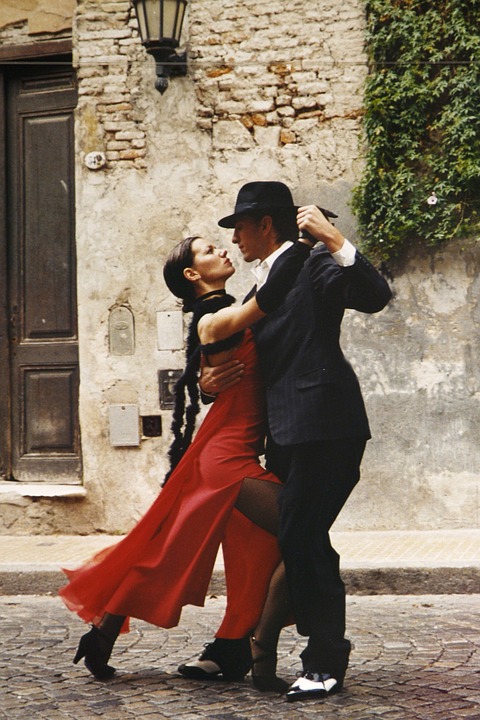Dance is a universal language that transcends cultural boundaries. It has been an integral part of human expression for centuries, serving as a form of storytelling, celebration, and communication. While often associated with entertainment, dance goes far beyond mere enjoyment. It is a powerful form of cultural expression that holds deep meaning and significance for communities around the world.
In every corner of the globe, dance reflects the rich tapestry of diverse cultures and traditions. It serves as a mirror through which the unique experiences, values, and beliefs of a society are expressed and preserved. Through movement, rhythm, and gesture, dance conveys a multitude of emotions and experiences, capturing the essence of a culture and providing a window into its history and identity.
One example of dance as cultural expression can be found in traditional folk dances. These dances are usually passed down through generations and serve as a way to celebrate and honor a specific cultural heritage. For instance, the flamenco dance of Spain is a passionate and expressive art form that is deeply rooted in Andalusian Gypsy culture. It is a reflection of the struggles, joys, and resilience of a marginalized community, showcasing their strength and identity.
Similarly, traditional dances such as the hula in Hawaii, the Bharatanatyam in India, or the Samba in Brazil, offer a unique blend of movement, music, and costume that encapsulate the essence of their respective cultures. These dances not only tell stories from the past but also serve as a means of connection and belonging for individuals within those communities.
Dance also plays a significant role in religious and spiritual practices, embodying sacred rituals and beliefs. For example, the whirling dervishes of Sufism in Turkey use their spinning movements to achieve a state of spiritual transcendence. Through this dance, they believe they can reach a connection with the divine and experience a higher level of consciousness.
Moreover, contemporary forms of dance have also emerged as powerful tools for cultural expression. Contemporary dance allows artists to challenge societal norms, question political systems, and confront social issues. It serves as a platform for dialogue and reflection, giving voice to marginalized communities and shedding light on important topics such as gender, inequality, and racial discrimination.
The influence of dance as cultural expression can be witnessed in its impact on popular culture, as well. From music videos to stage performances, dance has become a universal medium for artists to showcase their unique cultural backgrounds and influences. This fusion of dance styles not only promotes cultural exchange but also encourages a deeper understanding and appreciation of different traditions.
In conclusion, dance is much more than just entertainment; it is a multifaceted art form that holds immense cultural value. It serves as a gateway into the traditions, history, and identity of a people, offering a glimpse into their collective story and experiences. Whether through traditional folk dances, spiritual rituals, or contemporary interpretations, dance has the power to bridge divides, foster understanding, and celebrate the richness of cultural diversity.

